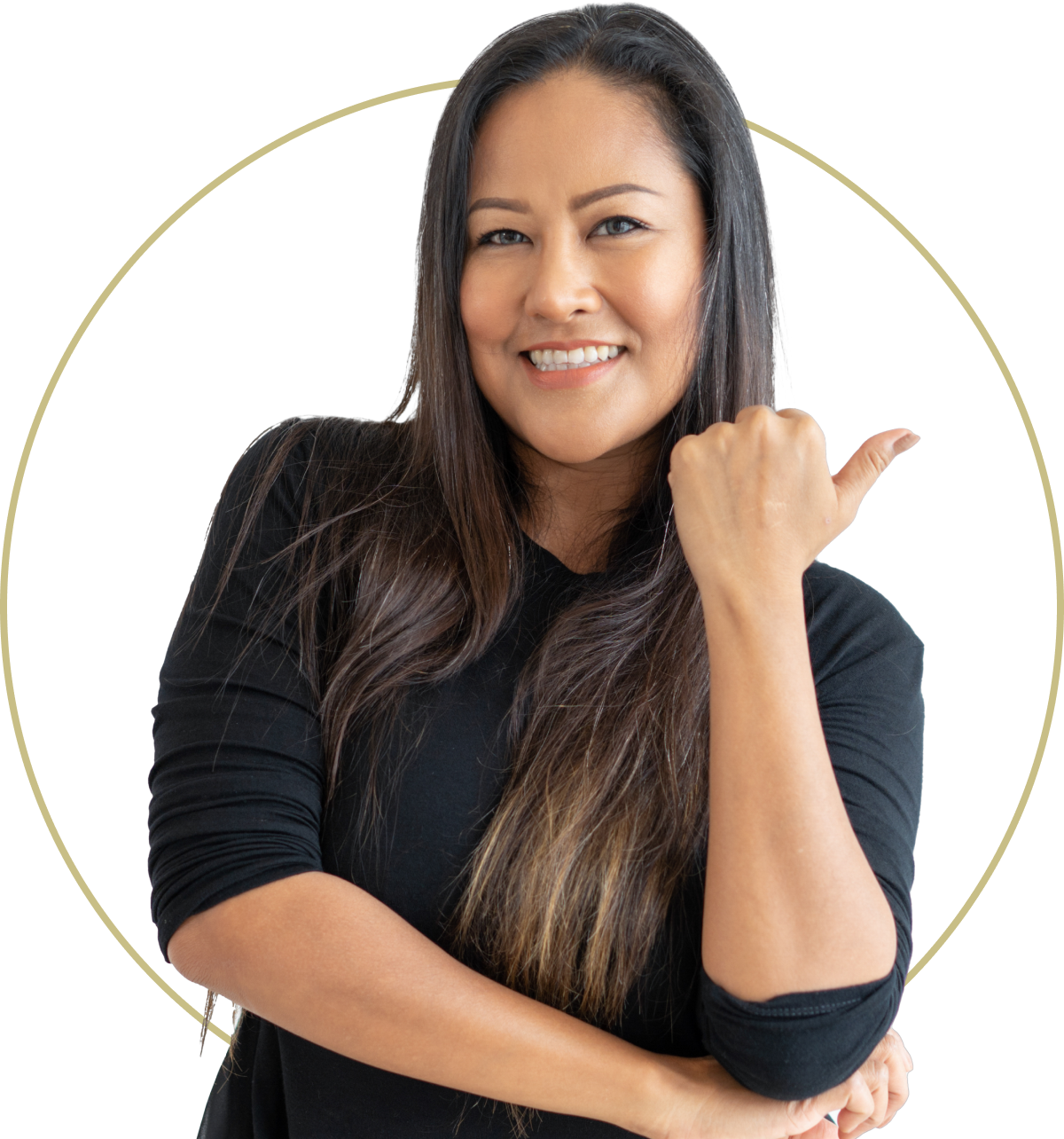menopause and breast pain or tenderness
By Andrea Donsky | Fact Checked | Sources
Do your breasts hurt? Are they tender to the touch or when you put on your bra? Although breast pain and tenderness are not life-threatening conditions, they are still uncomfortable and annoying. We’d love to help you tackle these menopausal issues and get you’re your way back to a more balanced and pain-free way of living. Let’s take a look at breast pain or tenderness.
What is breast pain and tenderness?
Breast pain and tenderness can occur for a number of reasons. The two most common reasons are hormone fluctuations and fibrocystic (lumpy) breasts. Many women are familiar with breast pain and tenderness that can occur during menstruation. Changing progesterone and estrogen levels can cause your breasts to feel lumpy, painful, and swollen. The pain is typically worse two to three days before your period begins.
Fibrocystic breasts occur when breast tissue is replaced by fat. Cysts and fibrous tissue can develop, resulting in lumpy, tender breasts. However, fibrocystic breasts are not always painful.
Our Top Picks
Read more about demystifying fibrocystic breast disease
A few other factors can cause breast pain or tenderness. If you are taking selective serotonin reuptake inhibitors, diuretics, methyldopa, digitalis preparations, or spironolactone, you may experience these symptoms. The presence of cysts in your breasts, a breast infection, or large breasts also can cause pain. Bras with underwires or that don’t fit properly also can cause discomfort.
Why does breast pain or tenderness occur during menopause?
As you enter your perimenopausal years, erratic changes in progesterone and estrogen levels develop. Spikes in hormone levels can have an impact on your breast tissue, which in turn can cause tenderness, inflammation, and pain.
If you have experienced breast pain or tenderness associated with menstruation, you may notice that breast pain around perimenopause and menopause feels different. Perimenopausal tenderness or breast pain usually burns or is sore. It can appear in one or both breasts. Sometimes the pain is throbbing, stabbing, or sharp.
If breast pain or tenderness is associated with your entry into menopause, it will probably disappear when your periods stop. However, if the pain continues after menstruation has ceased, you should talk to your doctor. If you are using hormone therapy during menopause, this can raise the risk of continued breast pain.
How can I treat breast pain or tenderness naturally?
For many women, all it takes is the adoption of a few lifestyle changes to remedy their breast pain or tenderness. Here are some suggestions for you to try.
- Reduce salt intake. Cut down on your use of salt and salty foods. Season your food with herbs and spices instead. Too much sald and not enough water can cause fluid retention, which in turn can make breast pain worse.
- Cut caffeine. Switch to herbal teas or at least decaffeinated coffee to help reduce tenderness.
- Heat it up. Placing a heating pad or hot water bottle on your breasts for about 10 to 15 minutes can help with breast pain.
- Upgrade your bra. You may need to add to your bra wardrobe. Supportive bras that fit properly can provide a lot of relief.
- Exercise regularly. Aerobic exercise, such as walking, swimming, dancing, tennis, and jumping rope, help improve blood circulation, boost endorphins, and contribute to overall health. Use of light hand weights and exercises that can strengthen muscles that support your breasts are also suggested.
- DIM supplements may be helpful in supporting hormone balance and overall well-being.
- Try vitamins. The B complex of vitamins, and especially vitamin B6, can help improve breast pain, as can vitamin E. Taking 200 IU of vitamin E and 40 mg of vitamin B6 daily for 2 months has been shown to be effective.
- Evening primrose oil. This oil contains omega-6 fatty acids, linolenic acid, and gamma-linolenic acid (GLA), all of which may benefit breast pain. The National Health Service (England) reports that benefits can be expected if you take 1 to 2 grams of the oil daily for six weeks.
- Omega-3 fatty acids. If you’re looking for solid scientific evidence that omega-3s can relieve breast pain or tenderness, then you’re out of luck. However, anecdotal reports are confident, so it may be worth trying. Use of fish oils or other omega-3 sources in supplements or foods such as flaxseed, walnuts, sesame, and cold-water fish are worth trying.
- Acupuncture. Some evidence exists to support the use of acupuncture for breast pain. In the American Journal of Chinese Medicine, researchers reported that four treatments over two weeks with a three-month follow-up showed that acupuncture appeared to be helpful in relieving pain.
Read about 9 ways to remedy PMS naturally
when to see a health provider
Breast pain and tenderness are typically not serious. However, if you believe your discomfort is not associated with perimenopause or menopause, you should talk with your doctor. Also, if you are experiencing a discharge from your nipples, an increase in breast size, chest pain, fever, or changes in the appearance of your breast, you should schedule an appointment with a knowledgeable healthcare provider.
bottom line
Breast pain and tenderness are not unusual during perimenopause and menopause. The good news is that there are many natural management tools you can use to help alleviate the stress and relieve the pain so you can still function at your best.





